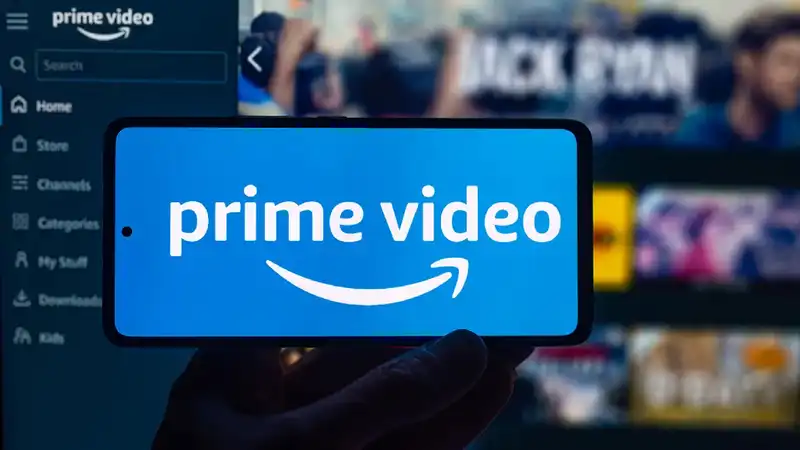Almost two weeks after Amazon Prime Video's new ad-free subscription plans were unveiled, users are already beginning to see additional differences between the more expensive options and the ad-supported plans: the absence of Dolby Vision and Dolby Atmos.
These changes in streaming quality were first spotted by German news site 4Kfilme.
Various tests were conducted on a wide range of the best TVs, including models from Sony, LG, TCL, and Samsung. Note that Samsung TVs do not support Dolby Vision HDR content, but the company and Google are working on their own iteration of this technology standard.
Other audio and visual technologies such as 5.1 surround sound, 4K resolution, HDR10 and HDR10+ still exist, but the loss of both Dolby Vision and Dolby Atmos is a considerable change.
Amazon Prime Video's new, more expensive ad-free tier rolled out first to customers in the U.S. on January 29, then to those in the U.K., Germany, and Canada on February 6. The price increase adds $2.99/£2.99 to the monthly fee to cut out annoying ads that enter in the middle of Prime movies and shows.
After the upgrade, Prime Video customers will again have access to both Dolby Vision and Dolby Atmos. Amazon itself has confirmed the technical downgrade for ad tier subscribers to Forbes magazine, assuring users that it is not a technical error.
Confusingly, users with a basic Prime Video subscription will continue to have access to both HDR10 and HDR10+ alternative HDR formats and 5.1 surround sound. It is unclear if these will later be pushed up to premium plans, but at this point it appears that they will remain on Prime's basic plan.
Amazon did not mention anything about these changes before users discovered them. This is another example of Amazon pushing for better ways to monetize. However, with alternatives to both Dolby Vision and Dolby Atmos coming in the near future, there will be those who do not want or need the upgrade in the first place.
Called Project Caviar, Samsung and Google have partnered to design their own versions of Dolby Vision and Dolby Atmos. It is intended to mirror the possibilities offered by these two audio and visual technology enhancements, as well as bring additional "functionality beyond what Dolby Atmos and Vision offer," according to the protocol.
HDR10+ is part of Project Caviar, which aims to bring royalty-free 3D audio and HDR video formats to a wider audience beyond the excessive foothold that Dolby has with Vision and Atmos.
Dolby Atmos, tentatively called Immersive Audio Model and Formats (IAMF), has been in development since 2020 under Samsung and Google. In a blog post published late last year, Samsung outlined the many ways in which IAMF will enhance the viewing experience.
It is unclear when Samsung TV buyers and prospective users can expect official rollout of IAMF and its broader Project Caviar initiative.
For now, it may be best for Amazon Prime Video customers to upgrade to the premium tier if they want the improved video and audio quality of Dolby Vision and Atmos support - especially the best Dolby Atmos soundbars, if you have one.










Comments